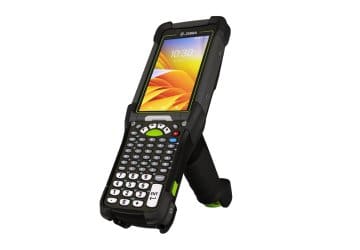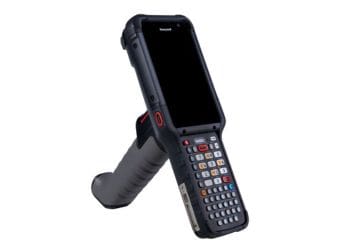What is Special About Non-Incendive Mobile Computers and Tablets?
For certain usage environments and industries, ‘standard’ rugged mobile computing devices will not suffice. For hazardous environments, there is a special category of intrinsically safe computing devices which must be used in order to operate safely. Learn more about these operating environments and how CSSI can help with suitable rugged mobile devices.
What Makes an Environment Hazardous?
Hazardous locations are those where an ignitable concentration of flammable substances (such as gases, vapors, dusts, or fibers) is present either continuously, intermittently, or under abnormal conditions. These atmospheres can turn ordinary electrical sparks or high surface temperatures into dangerous ignition sources.
Examples of hazardous environments include:
- Oil and gas refineries – where hydrocarbon vapors are common.
- Chemical processing plants – with solvents and volatile compounds in the air.
- Pharmaceutical manufacturing – involving ignitable concentration of powders or fine particulates.
- Grain handling and milling operations – where dust clouds can be explosive.
- Paint shops or spray-coating facilities – where flammable mists are present.
Regulatory frameworks like the National Electric Code (NEC) in the U.S. or ATEX directives in Europe define hazardous locations by classes, divisions, and zones, depending on the type of material present and how frequently it exists in ignitable concentrations.es, depending on the type of material present and how frequently it exists in ignitable concentrations.
How Are Mobile Computers Made Non-Incendive?
A non-incendive device, also referred to as intrinsically safe, is one designed for safe operation in hazardous environments by ensuring that under normal operating conditions, it cannot release sufficient electrical or thermal energy to ignite a flammable atmosphere .
Key Design Differences to Achieve Non-Incendive Certification:
- Electrical Energy Limitation
- Circuits are engineered to keep voltage and current levels below ignition thresholds. This prevents sparks from having enough energy to ignite a gas or dust cloud.
- Surface Temperature Control
- Components are designed and tested to ensure that their surface temperature never exceeds the ignition temperature of surrounding flammable materials.
- Sealed or Reinforced Construction
- Casings are ruggedized to prevent ingress of fibers, dust or vapors and to ensure that any internal faults don’t expose dangerous sparks.
- Certification and Testing
- Non-incendive mobile computers undergo certification through recognized standards bodies such as UL, IECEx, or ATEX . Certification ensures compliance with safety limits for operation in specific classes/divisions/zones.
- Battery and Power System Safeguards
- Since the battery is a potential ignition source, non-incendive models include specialized power management and containment systems that mitigate risks of overheating or short circuits.
Why Non-Incendive Mobile Computers Matter
For workers in hazardous locations, safety is paramount. A standard mobile computer might offer all the functionality needed for scanning, data entry, and wireless communication—but if it risks sparking an explosion, it cannot be used. Non-incendive mobile computers bridge this gap, providing rugged, full-featured computing power with the critical safety certifications required to keep both workers and facilities secure when working in a hazardous area.
Several Examples of Non-Incendive Computers Available from CSSI
 | The Aegex 100M is a non-incendive rugged tablet PC rated for use in Class I, Div 1 and ATEX Zone 1 and Zone 0 hazardous environments. |
 | The Zebra Technologies MC9400 is an ultra-rugged Android mobile computer with configurations suitable for use in a Class I, Div 2 hazardous area. |
 | The Honeywell CK67 handheld computer is an Android device with configurations available for use in CID2 non-incendive / ATEX areas. |
CSSI Can Help You Select and Test Non-Incendive Mobile Computers & Tablets
The mobile computing experts at CSSI are knowledgeable about the specialized field of non-incendive, intrinsically safe devices . We partner with the top manufacturers of these devices such as Zebra, Honeywell, and ATEX. Contact us to discuss your hazardous area and mobile computer requirements , and we will help you select and test the right device.
